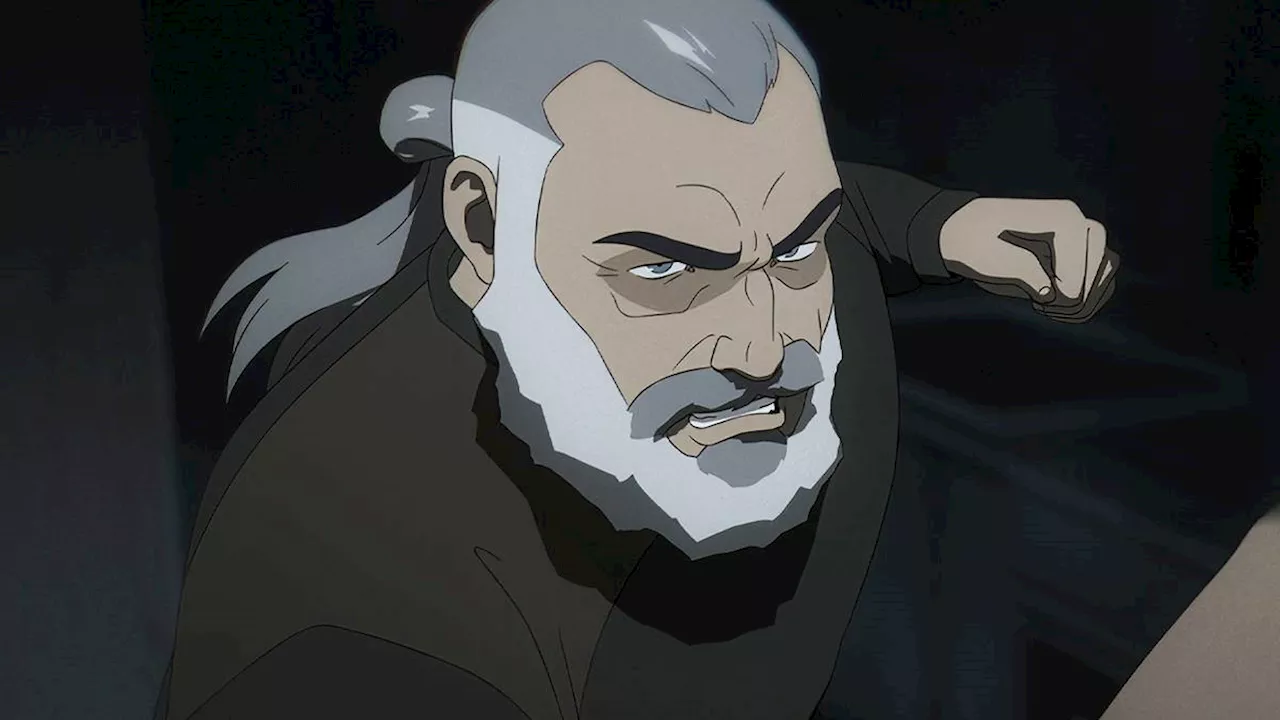Entertainment
Netflix’s ‘Splinter Cell: Deathwatch’ Struggles to Impress Fans

Netflix’s latest animated series, Splinter Cell: Deathwatch, attempts to bring the beloved video game franchise back into the spotlight. Premiering on October 14, 2025, this adaptation follows the seasoned operative Sam Fisher, voiced by Liev Schreiber. Despite Netflix’s track record with successful video game adaptations, such as Castlevania and Arcane, Deathwatch has been met with mixed reactions, drawing comparisons to previous adaptations that have struggled to resonate with audiences.
A Familiar but Stale Narrative
The premise of Splinter Cell: Deathwatch presents a much older Sam Fisher, who is lured back into action following a disastrous mission involving a fellow operative, Zinnia McKenna. This setup could have provided fertile ground for exploring Fisher’s character and the weight of his past decisions. Instead, the narrative often feels like a generic spy thriller that could feature any espionage protagonist, lacking the unique flair that fans have come to expect from the franchise.
Written by Derek Kolstad, known for his work on the John Wick series, one would anticipate a fresh take on the material. Although Kolstad’s signature style is evident, the storyline ultimately feels clichéd. The supporting characters, including the archetypal arrogant rookie and the strict leader, do not offer much depth, making it difficult for the audience to become invested in their fates.
Technical Proficiency Lacks Depth
Visually, Splinter Cell: Deathwatch has moments of impressive animation, particularly during its opening sequence, which captures the essence of stealth gameplay. Unfortunately, the level of excitement seen in that initial scene is not consistently maintained throughout the series. Many action sequences, while well-animated, fall back on standard techniques that fail to leverage the franchise’s innovative stealth mechanics.
“The biggest issue with Splinter Cell: Deathwatch is a common problem faced by other video game adaptations,”
the review states, highlighting the disconnect between recognizable characters and the overall story. This adaptation does not fully embrace the rich lore and tactical gameplay that has defined the series, leaving fans wanting more from a franchise that has been dormant for over a decade since the release of Splinter Cell: Blacklist.
While Splinter Cell: Deathwatch does include familiar elements like Fisher’s iconic night vision goggles, it lacks the unique approach to espionage that made the games a cult classic. The adaptation does not capture the essence of what made fans fall in love with the series in the first place, leaving many feeling that this latest offering is a missed opportunity.
As Netflix continues to explore the realm of video game adaptations, Splinter Cell: Deathwatch serves as a reminder of the challenges that come with translating beloved interactive experiences into animated series. Whether this adaptation will gain traction and find its audience remains to be seen, but for now, it appears to be yet another entry in the growing list of adaptations that have struggled to live up to their source material.
-

 Lifestyle3 months ago
Lifestyle3 months agoLibraries Challenge Rising E-Book Costs Amid Growing Demand
-

 Sports3 months ago
Sports3 months agoTyreek Hill Responds to Tua Tagovailoa’s Comments on Team Dynamics
-

 Sports3 months ago
Sports3 months agoLiverpool Secures Agreement to Sign Young Striker Will Wright
-

 Lifestyle3 months ago
Lifestyle3 months agoSave Your Split Tomatoes: Expert Tips for Gardeners
-

 Lifestyle3 months ago
Lifestyle3 months agoPrincess Beatrice’s Daughter Athena Joins Siblings at London Parade
-

 World2 months ago
World2 months agoWinter Storms Lash New South Wales with Snow, Flood Risks
-

 Science3 months ago
Science3 months agoTrump Administration Moves to Repeal Key Climate Regulation
-

 Business3 months ago
Business3 months agoSoFi Technologies Shares Slip 2% Following Insider Stock Sale
-

 Science3 months ago
Science3 months agoNew Tool Reveals Link Between Horse Coat Condition and Parasites
-

 Science2 months ago
Science2 months agoSan Francisco Hosts Unique Contest to Identify “Performative Males”
-

 Sports3 months ago
Sports3 months agoElon Musk Sculpture Travels From Utah to Yosemite National Park
-

 Science3 months ago
Science3 months agoNew Study Confirms Humans Transported Stonehenge Bluestones









